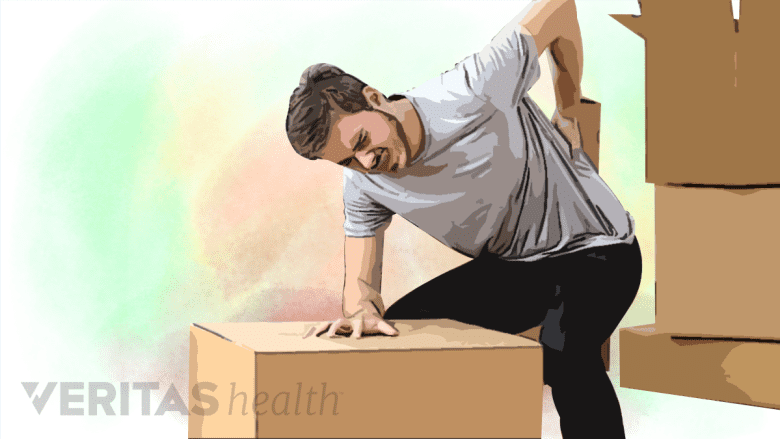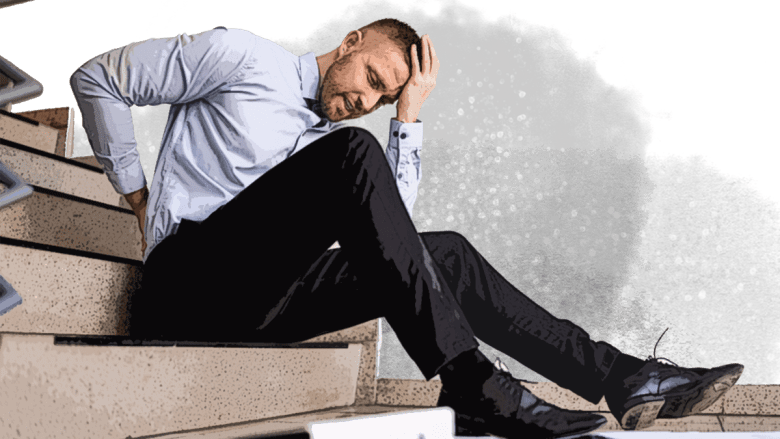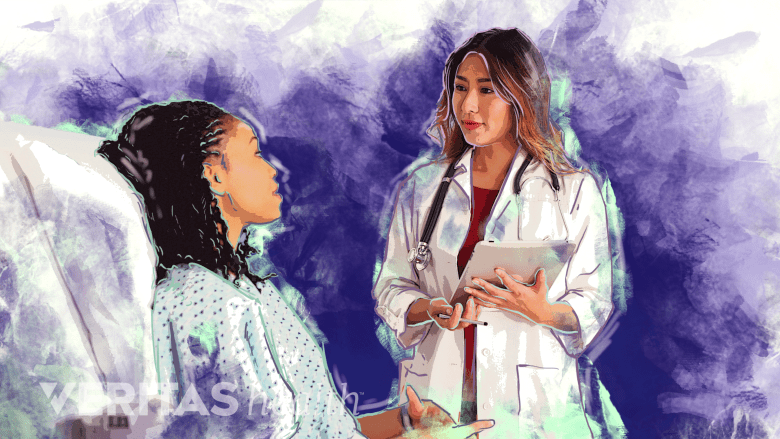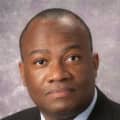Muscle strain can happen suddenly because of an injury or can develop over time due to overuse and repetitive motions.
A one-time injury that damages a muscle, tendon, or ligament is considered an acute muscle strain. These injuries usually occur after sudden, jarring impacts or during activities that include heavy lifting or excess pressure placed on the spine.
Chronic strains, on the other hand, are caused by repetitive movements that gradually overstretch or tear a muscle. Chronic muscle strain is more common in athletes or people with physically demanding jobs.
In This Article:
- Pulled Back Muscle and Lower Back Strain
- Lower Back Muscle Strain Symptoms
- Causes and Diagnosis of Lower Back Strain
- Pulled Back Muscle Treatment
- Exercises for Lower Back Muscle Strain
- Lower Back Strain Video
Causes and Diagnosis of Lower Back Muscle Strain
Many lower back strains occur during everyday activities, such as while exercising or at work.
Common causes of—and risk factors for—low back muscle strain include:
Heavy lifting

Lifting heavy weights with an unsupported posture may strain the low back.
Strain from heavy lifting, twisting the spine, lifting from the ground, or an item overhead are common causes of low back strain. Safe lifting practices include tactics such as keeping the item close to the chest and avoiding twisting the upper body while lifting.
Sudden impact

Back muscle injury is often caused by a sudden impact from a fall.
The impact from jarring motions can place heavy, immediate stress on the low back muscles. For example, high-impact sports such as football and lacrosse place excessive pressure on joints and muscles. The sudden impact from a car accident or a fall is another common contributor to back muscle injury. Deconditioned, stiff muscles are more prone to this type of injury.
Repetitive motions

Abrupt movements may result in muscle tightening or tearing.
Stressful, repeated motions can cause muscles to tighten or tear. Sports such as rowing, golf, or baseball may cause chronic strain due to repeated, forceful motions. Chronic strain may gradually become painful over time, or pain can suddenly worsen if a muscle is already sore and then put under intense stress.
Poor posture, weak abdominal or back muscles

Slouching increases pressure on the muscles in the lower back.
When low back and core abdominal muscles are weak, the lower back becomes more susceptible to injury. Slouching forward puts added strain on the low back muscles and on the spine. Similarly, tight hamstring muscles place added strain on the lower back over time.
See Posture to Straighten Your Back
Taking on a new activity
Starting a new sport or activity may lead to a muscle strain by putting sudden, unfamiliar stress on a muscle or group of muscles.
The above list is not comprehensive—rather, it highlights some of the more common situations that lead to a pulled back muscle.
Several additional factors increase the risk of muscle strain, such as smoking (or any type of nicotine intake), stiffness or limited range of motion in the back, and obesity.
Diagnosing Low Back Muscle Strain

A comprehensive medical history is an important step to diagnose muscle strain problems.
Collecting a medical history and conducting a physical exam are usually sufficient to diagnose muscle strain in the lower back.
A medical history
This includes information about current symptoms, as well as when and how symptoms began, such as whether pain began after an injury, came on suddenly, or has gotten progressively worse. A medical history also includes information about typical exercise levels, sleep habits, and past medical issues.
A physical exam
A test for range-of-motion and flexibility in the low back, as well as in the hip, pelvic, or hamstring muscles is performed. Feeling along the lower back (called palpation) can detect spinal abnormalities that may be the source of pain. Nerve root irritation may also be tested by using a leg raise test, which can rule out injuries such as a herniated disc or spinal stenosis.
While an imaging test such as an x-ray or MRI scan is rarely needed for a muscle injury, one may be used to check for other possible pain sources, such as a fracture or herniated disc, if those conditions are suspected. In patients with a history of malignancy or trauma, imaging tests are usually needed prior to conservative exercises. Typically, x-rays are taken first and then an MRI is ordered if anything suspicious is seen on the x-rays.
See Introduction to Diagnostic Studies for Back and Neck Pain

